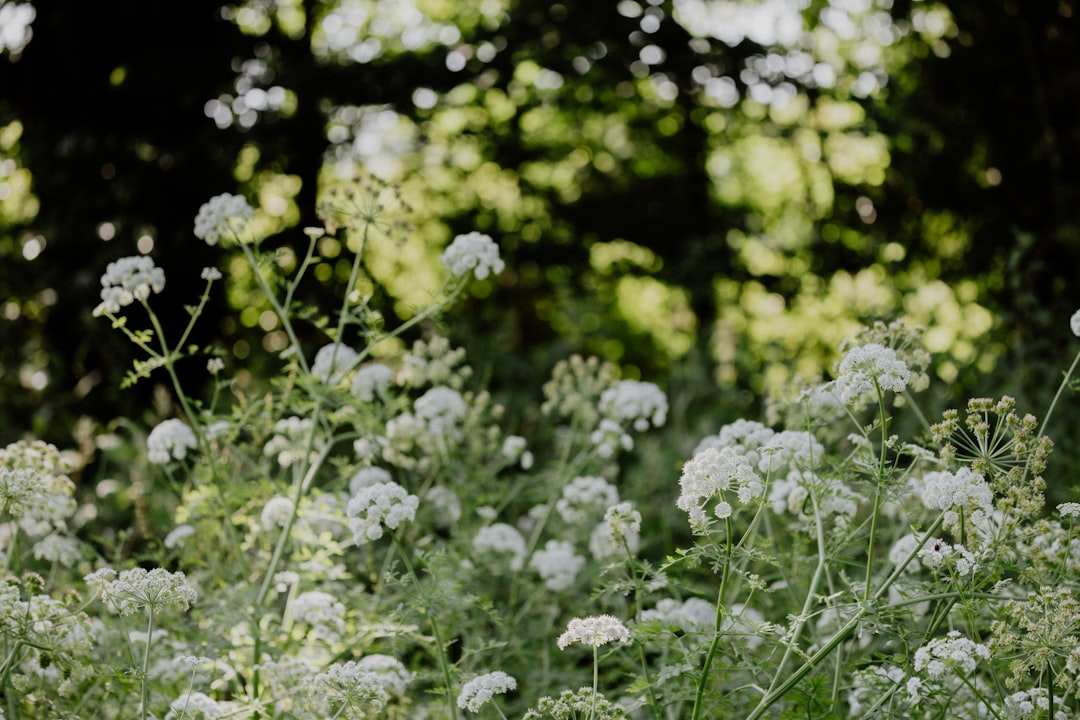Unleashing the Potential of Lentil Plants in Your Garden

Lentil plants, often overlooked in the grand scheme of vegetable gardening, are true gems in the world of edible gardening. These cool - weather legumes not only offer a delicious addition to your meals but also play a crucial role in soil health. In this article, we will explore the ins and outs of growing, caring for, and harvesting lentil plants.
### Understanding Lentil Plants
Lentils belong to the legume family, which means they have a unique ability to form a symbiotic relationship with nitrogen - fixing bacteria. These bacteria live in nodules on the roots of the lentil plants and convert atmospheric nitrogen into a form that the plants can use. This process not only benefits the lentil plants themselves but also helps to replenish barren soils with essential nutrients, making them more fertile for future plantings.
Lentil plants are well - suited for cool - weather conditions. They can tolerate light frosts and prefer temperatures between 60°F and 70°F (15°C - 21°C). This makes them an ideal choice for early spring or fall plantings in many regions.
### Getting Started: Planting Lentil Seeds
Before you start planting lentil seeds, it's important to prepare the soil. Lentils prefer well - drained, loamy soil with a pH between 6.0 and 7.5. You can test your soil's pH using a simple soil testing kit available at most garden centers. If the soil is too acidic, you can add lime to raise the pH; if it's too alkaline, sulfur can be added to lower it.
Once the soil is prepared, you can plant the lentil seeds. Lentil seeds should be sown about 1 to 1.5 inches (2.5 - 3.8 cm) deep and spaced about 2 to 3 inches (5 - 7.6 cm) apart in rows that are 18 to 24 inches (45.7 - 61 cm) apart. It's best to plant the seeds directly in the garden, as lentils do not transplant well.
Water the seeds thoroughly after planting. Keep the soil consistently moist but not waterlogged until the seeds germinate, which usually takes about 7 to 10 days.
### Caring for Lentil Plants
One of the great things about lentil plants is that they are relatively low - maintenance. However, there are a few key care tips to keep in mind to ensure a successful harvest.
Watering: Lentil plants need regular watering, especially during dry spells. Aim to provide about 1 inch (2.5 cm) of water per week, either through rainfall or irrigation. Avoid over - watering, as this can lead to root rot.
Fertilizing: Since lentils are nitrogen - fixers, they generally do not require a lot of additional fertilizer. However, if your soil is particularly poor, you can apply a balanced, slow - release fertilizer at the time of planting.
Weeding: Keep the area around the lentil plants free of weeds. Weeds can compete with the lentils for nutrients, water, and sunlight. You can hand - weed or use a shallow hoe to remove weeds without disturbing the lentil roots.
Pest and Disease Control: Lentil plants are relatively resistant to pests and diseases. However, they can be susceptible to aphids, bean beetles, and fungal diseases. Monitor your plants regularly and take appropriate action if you notice any signs of pests or diseases. For example, you can use insecticidal soap to control aphids or a fungicide to treat fungal infections.
### Harvesting Lentils
Lentils are ready to harvest when the pods turn brown and dry on the plant. This usually occurs about 90 to 110 days after planting, depending on the variety.
To harvest the lentils, you can either pull up the entire plant or cut the stems at the base. Hang the plants upside down in a dry, well - ventilated area to allow the pods to dry further. Once the pods are completely dry, you can remove the lentils by gently crushing the pods.
After harvesting, store the lentils in a cool, dry place in an airtight container. They can last for several months if stored properly.
In conclusion, growing lentil plants in your garden is a rewarding experience. Not only do they provide a nutritious food source, but they also contribute to the health of your soil. By following these simple steps for planting, caring for, and harvesting lentils, you can enjoy a bountiful harvest of these delicious legumes.